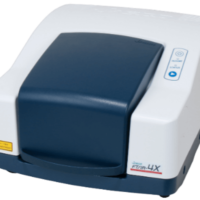Introduction
CPL-300
Circularly Polarized Luminescence (CPL)
– High sensitivity and wide wavelength range detection
– Eliminate artifacts due to fluorescence anisotropy
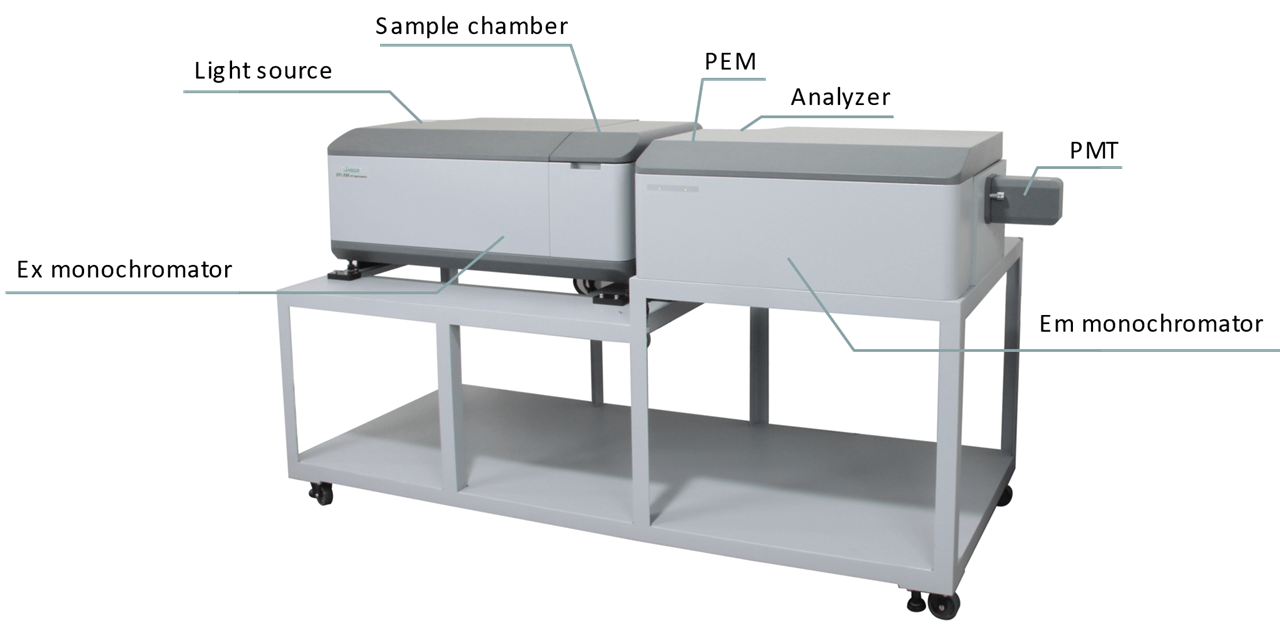 Fig.1 CPL-300 CPL spectrophotometer
Fig.1 CPL-300 CPL spectrophotometer
Features
– Double-prism monochromator
Low stray light, no second-order radiation and no Wood’s anomalies
– 180° sample geometry with unpolarized excitation light
Eliminate the fluorescence anisotropy artifacts that distort CPL spectra
– Excitation (Ex) and emission (Em) monochromators
Possible to set appropriate Ex wavelength and Em spectral bandwidth
– High-throughput optical system and highly sensitive PMT
Increased fluorescence sensitivity
– Data collection and processing
Simultaneous measurements of CPL and fluorescence intensity
One-click data conversion to ΔI and glum
Experimental
High sensitivity and accuracy measurements
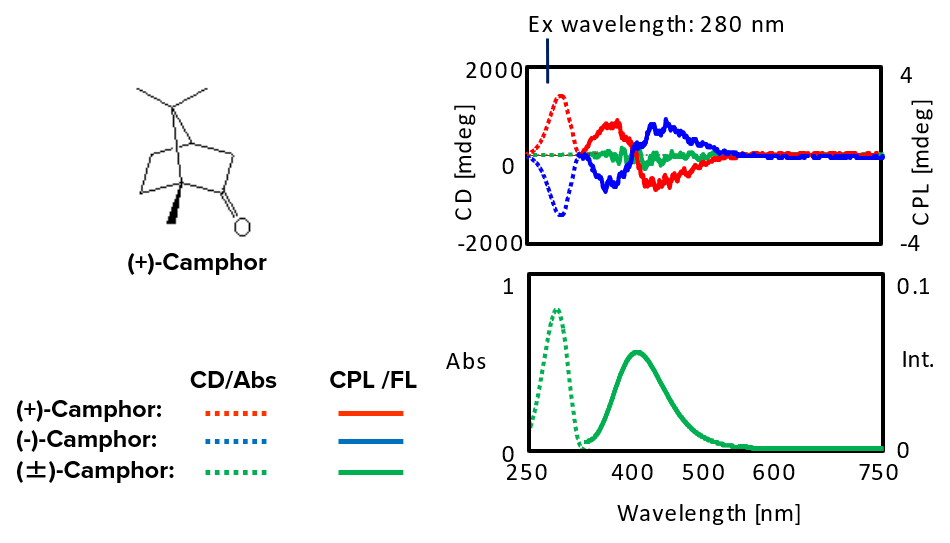
Fig.2 CPL spectra of camphor
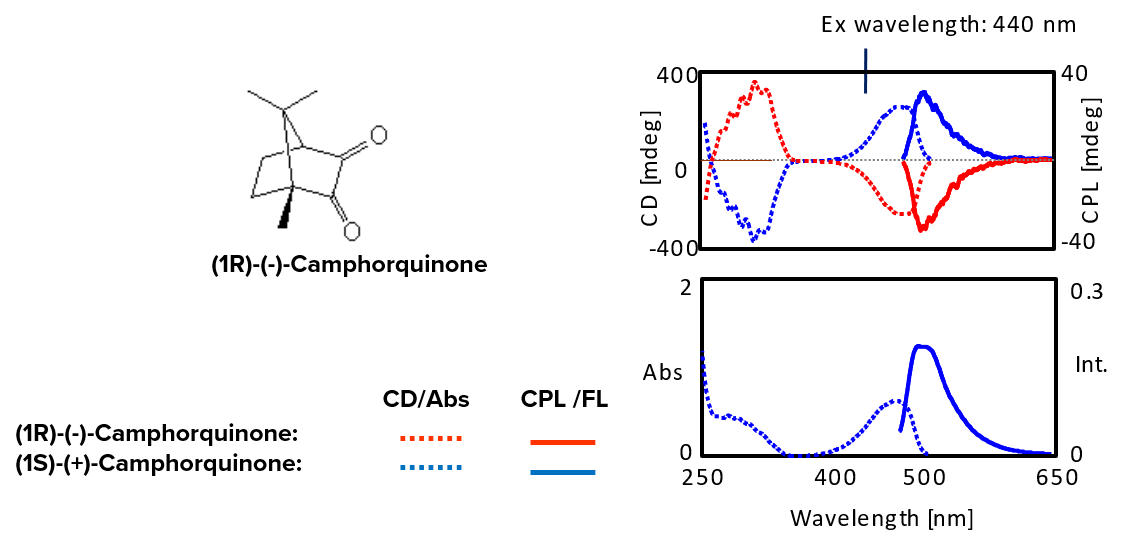
Fig.3 CPL spectra of camphorquinone
High-resolution measurements
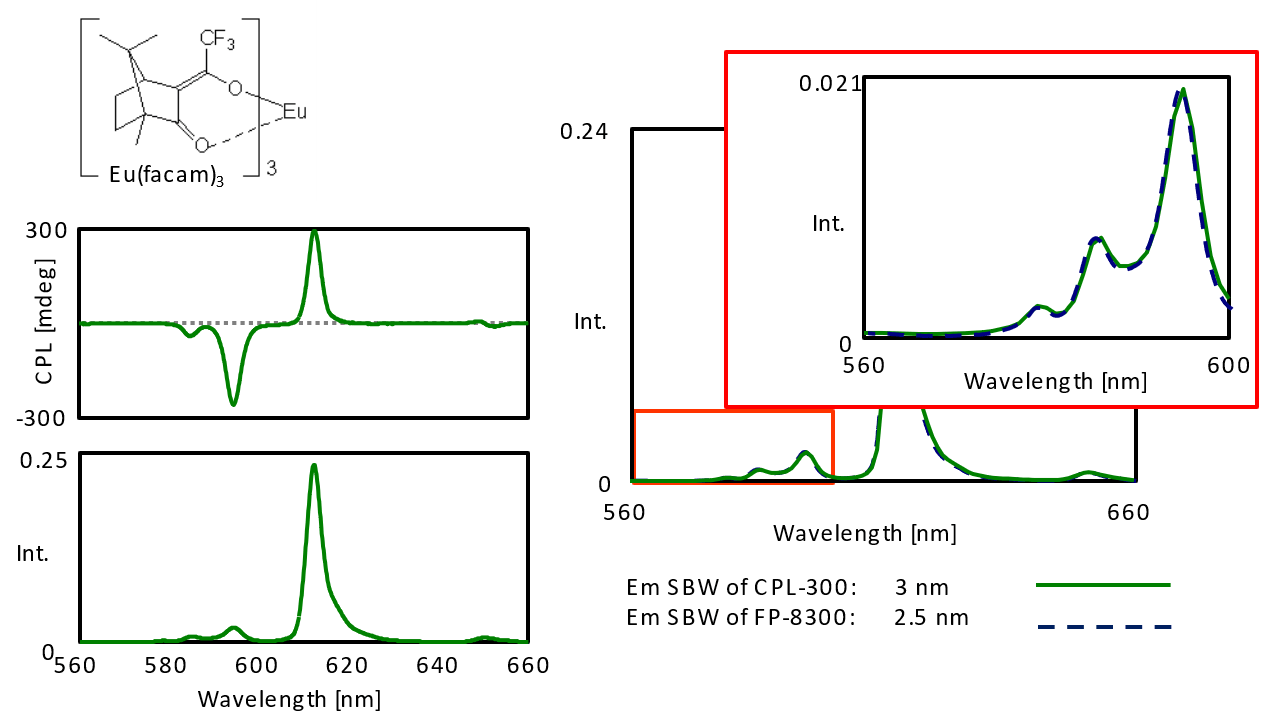
Fig.4 High-resolution CPL spectra of Eu(facam)3
– Similar spectrum shape could be observed between CPL and Fluorescence spectrometer
– Very weak emission peak could be detected






